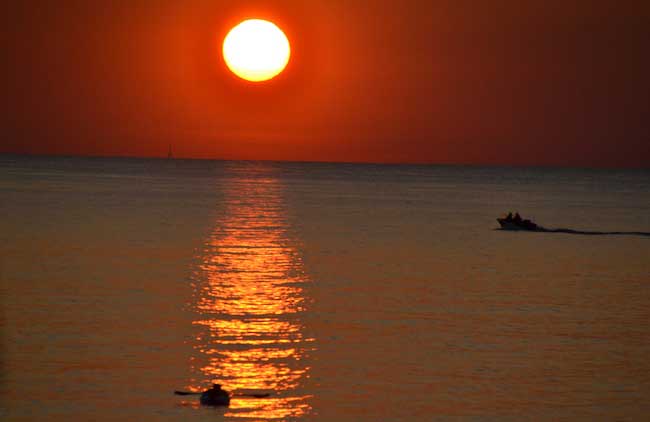IJC appoints advisory group to assist with review of water regulation plan
Press Release, International Joint Commission
The International Joint Commission announced that it has appointed a 16-member Public Advisory Group to help identify potential improvements to the regulation of Lake Ontario outflows.
The Public Advisory Group will assist the IJC’s Great Lakes-St. Lawrence River Adaptive Management Committee (GLAM) with an expedited review of Plan 2014, the plan for regulating outflows that took effect in 2017. The IJC directed the GLAM Committee to conduct the expedited review in response to public concerns over Plan 2014 following the extreme wet conditions that caused record floods in two of the first three years after the plan was adopted.
The Public Advisory Group will help the GLAM Committee seek potential improvements to regulation by contributing knowledge about water level impacts and input on the assessment methods used in the review. Public Advisory Group members have also been asked to help foster a two-way dialogue between the GLAM Committee and affected interests and constituencies. In addition to the work being done by the Public Advisory Group, the GLAM Committee will also seek broader public comment on the expedited review.
(Editor’s Note: The eight U.S. representatives on the advisory group include: John Boyce, St. Lawrence Seaway Pilots Association; Robert Cantwell, Jefferson County Legislator; Pat Davis, New York Power Authority American; Corey Fram, Thousand Islands International Tourism Council; Bernie Gigas, Greece lakeshore resident; John Peach, Save The River; David Scudder, Save Our Sodus; and Jonathan Schultz Niagara County’s emergency management director and fire coordinator.)
The GLAM Committee prioritized activities in a two-phase approach that formally began in February 2020. The first phase of the expedited review, expected to last approximately 18 months, focuses on providing information to the IJC’s International Lake Ontario-St. Lawrence River Board (Board) during this ongoing period of near-record high inflows to Lake Ontario from Lake Erie. As an initial step in the process, the GLAM Committee launched preliminary investigations in fall 2019 in order to quickly provide data that the Board could use in addressing high water conditions. These early results helped the Board set outflows more effectively in the spring of 2020.
The second phase will look at how Plan 2014 addresses extreme high and low water levels over the longer term. The GLAM Committee is responsible for providing the data, information and tools needed to support the Board in decisions on whether it should recommend adjustments to the plan. Changes to Plan 2014 would need to be approved by the IJC and agreed to by the Governments of Canada and the United States.
After funding for phase 1 was in place, the IJC asked the GLAM Committee for nominations to the Public Advisory Group from all of the interests and regions affected by water levels and flows on Lake Ontario and the St. Lawrence River. The Public Advisory Group will be fully involved with the deliberations in the expedited review.
The IJC was established by the Boundary Waters Treaty of 1909 to help the governments of Canada and the United States prevent and resolve disputes over use of the waters shared by the two countries. When asked by the two governments, the IJC approves projects in boundary waters, such as the Moses-Saunders Power Dam, that affect natural water levels and flows across the boundary. The IJC sets conditions and criteria that operators of the dam must meet when managing flows through the project.






































































